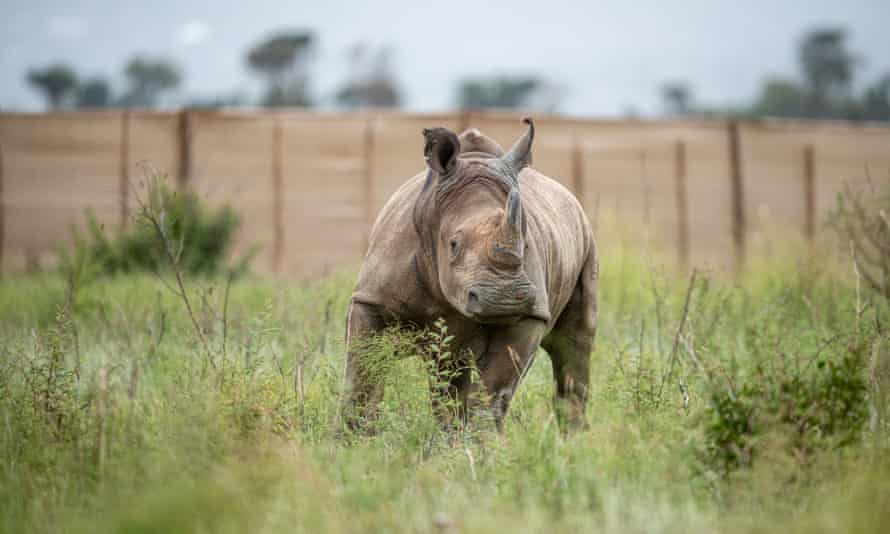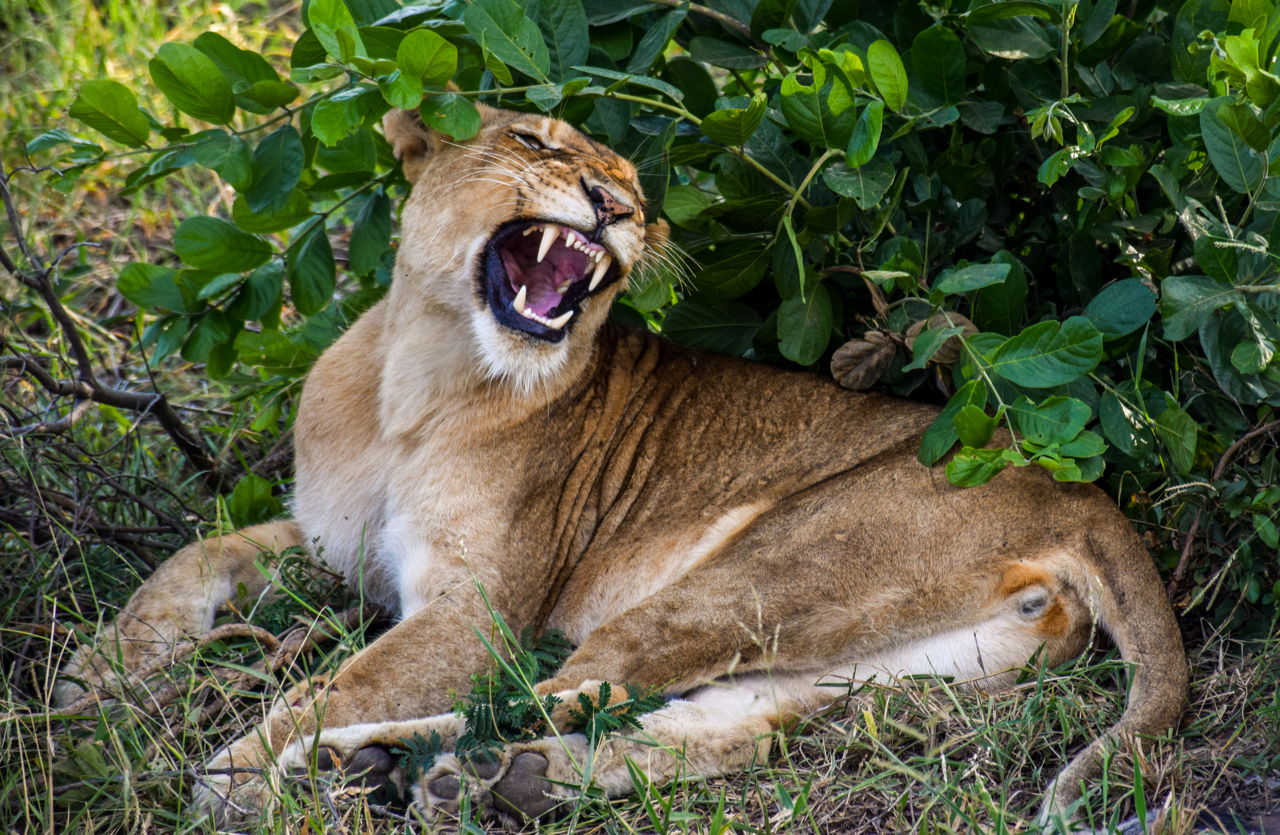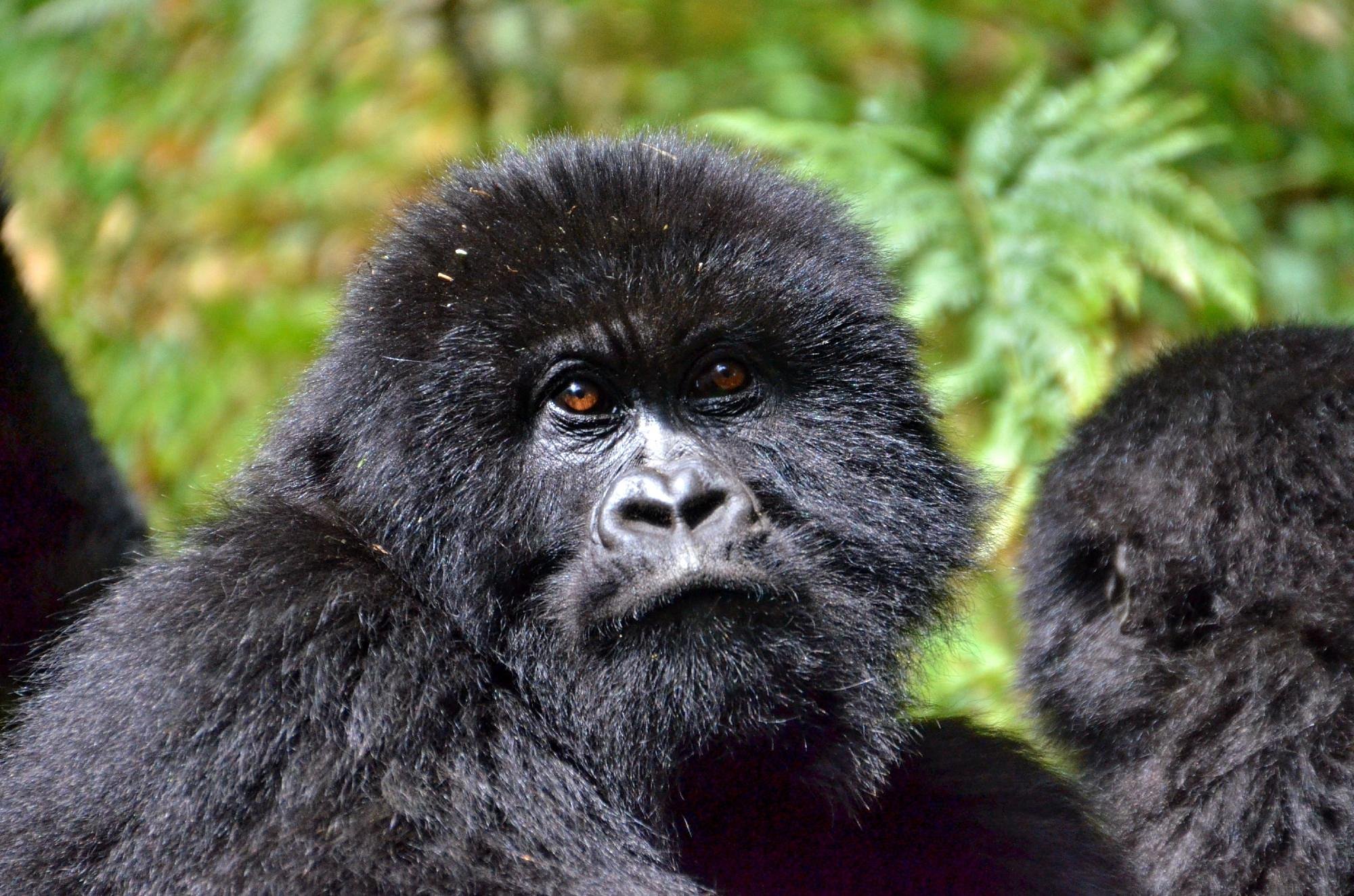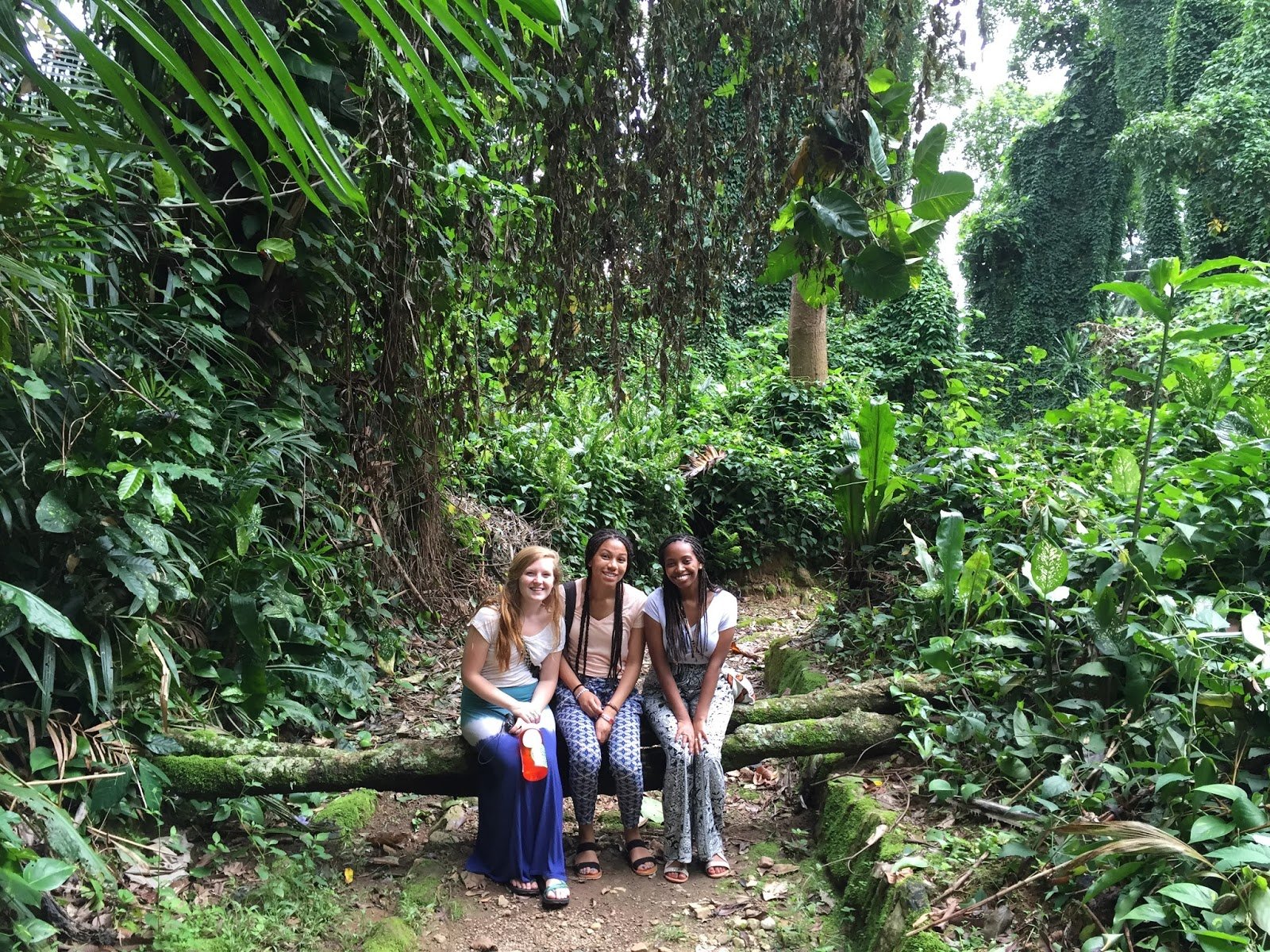
white rhinos translocated from South Africa to Rwanda
30 White Rhinos Translocated from South Africa to Rwanda
30 white rhinos translocated from South Africa to Rwanda: In an attempt to secure the future of rhinos in the wild and ensure that their range expands, 30 white rhinos have been successfully translocated from South Africa to Rwanda in what many have described as a historic largest single rhino transfer.
The 30 white rhinos were sourced from South African nature/game reserve- andBeyond Phinda Private Reserve and they have been introduced into Akagera National Park. The translocated occurred on 27th November 2021 through collaborative efforts between the African Parks, Rwanda Development Board (RDB), and beyond. This was funded by the Howard G. Buffett Foundation.
The rhino translocation exercise is also aimed at securing a new breeding stronghold in Rwanda and boosting Akagera National Park’s contribution to the wildlife economy in Rwanda, East Africa. AndBeyond Phinda Private Game Reserve is found within South Africa’s Mun-Ya-Wana Conservancy and translocation covered a distance of 3400kms.
The research was conducted prior to translocating the white rhinos and Akagera National Park was considered considering its safety and intact habitats- ideal factors for Rhino conservation. The 30 white rhino individuals (19 females and 11 males) will be monitored each day by dedicated staff and a specialist veterinarian will be available to oversee how they will cope with the environment.
Due to the continued decline in the White rhino population, they have been classified as near-threatened species. There are many factors contributing to these mammals’ population decline across the present strongholds and they among others poaching as demand for their horns is high. African Parks and Rwanda Development Board (RDB) partnership was reached in 2010 when the two organs agreed to make Akagera National Park Rwanda into one of Africa’s most desired wildlife safari destinations.
Akagera National Park
Situated in Eastern Rwanda, Akagera National Park is notably the largest wetland protected area in Central Africa. Akagera was officially founded as one of Rwanda National Parks in 1934 and extends up to 1122sq.km, featuring a distinct landscape characterized by vast savannas, swamp lakes, and more.
Wildlife of Akagera National Park
Akagera National Park’s biodiversity includes zebras, lions, hyenas, leopards, giraffes, elephants, rhinos, antelopes such as topis, roan antelopes, waterbucks, oribis, bushbucks, duikers, impalas, elands, and others. There are also several hippos, crocodiles, primates like bush babies, blue monkeys, baboons, and vervet monkeys.
Birds
Akagera National Park boasts of its varied habitats each with a significant bird population making it one treasured birding destination. A total of 520 bird species live in the various habitats in Akagera with important birds to keep an eye on including Senegal Lapwings, papyrus gonoleks, shoebill storks, giant kingfishers, Caruthers cisticola, grey-backed fiscal, viellot’s black weaver, cattle egret, fish eagles, hadada ibis, long-crested eagle, fan-tailed window bird.
Top things to do in Akagera National Park Rwanda

There are lots of interesting activities/experiences worth undertaking while on Rwanda safaris in Akagera National Park. They include guided game drives mainly for you to see the big five game; birding, nature walks, sport fishing on Lake Shakina, boat cruise on Lake Ihema, cultural encounters, helicopter tours, and more.
Where to stay
Akagera National Park Rwanda has all kinds of accommodation ranging from budget to luxury. The basic or budget lodges include Karenge Bush Camp, Dereva Hotel; standard/midrange/moderate lodge includes Akagera Game Lodge and luxury include Magashi Tented Lodge/Camp, Ruzizi Tented Camp.
How to reach there
Akagera National Park lies close to Kigali Capital, about 2 and half hours’ drive away and the Southern gate is the entrance gate and Northern gate serves as the exit gate. The other option is taking a flight up to Akagera National Park using Akagera Aviation.



